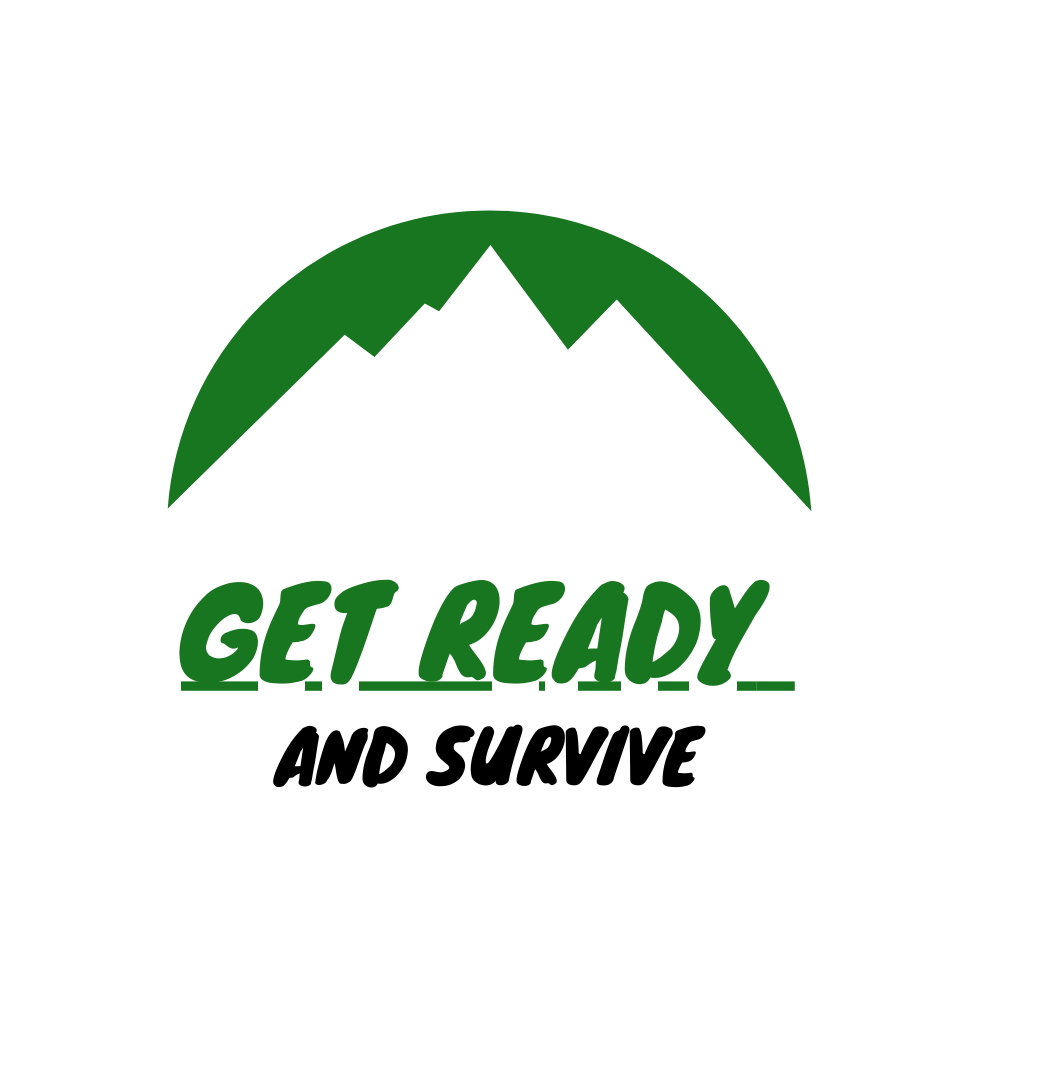n the world of prepping and emergency preparedness, understanding the shelf life of different foods is crucial. Properly storing food can ensure your supplies remain safe and nutritious when you need them most. Here’s a comprehensive guide to help you navigate the shelf life of various food items:
1. Canned Goods
- Shelf Life: Canned goods are known for their long shelf life, typically ranging from 1 to 5 years or even longer depending on the type of food and storage conditions.
- Storage Tips: Store in a cool, dry place away from direct sunlight. Check for bulging or leaking cans, as these are signs of spoilage.
2. Dried Foods
- Shelf Life: Dried foods such as beans, rice, pasta, and dried fruits can last 1 to 10 years or more when stored properly.
- Storage Tips: Keep in airtight containers or Mylar bags with oxygen absorbers to extend shelf life. Store in a cool, dark place.
3. Grains and Flours
- Shelf Life: Whole grains can last 6 months to several years, while refined grains and flours typically last 1 to 2 years.
- Storage Tips: Store in airtight containers or Mylar bags to prevent moisture and pest contamination. Consider freezing flours for longer shelf life.
4. Freeze-Dried and Dehydrated Foods
- Shelf Life: Freeze-dried and dehydrated foods can last 15 to 25 years or more, making them excellent long-term storage options.
- Storage Tips: Keep in sealed containers or Mylar bags with oxygen absorbers. Store in a cool, dry place for maximum shelf life.
5. MREs (Meals Ready-to-Eat)
- Shelf Life: MREs can last 5 to 10 years or more, depending on storage conditions.
- Storage Tips: Store in a cool environment, away from heat and moisture. Inspect periodically for signs of damage or expiration.
6. Jarred Foods (e.g., pickles, jams)
- Shelf Life: Typically 1 to 2 years, although some acidic foods like pickles can last longer.
- Storage Tips: Keep jars tightly sealed and store in a cool, dark place. Check for signs of spoilage before consuming.
7. Frozen Foods
- Shelf Life: Frozen foods can last indefinitely in terms of safety, but quality may degrade over time.
- Storage Tips: Keep freezer temperature at 0°F (-18°C) or lower for optimal storage. Use vacuum-sealed bags or containers to prevent freezer burn.
Tips for Maximizing Shelf Life:
- Rotate Stock: Use the "first in, first out" (FIFO) method to ensure older items are used first.
- Monitor Conditions: Check storage conditions regularly to maintain optimal temperature and humidity levels.
- Label and Date: Clearly label containers with the contents and date of storage to track freshness.
Understanding food shelf life is essential for effective prepping. By following proper storage practices and staying informed about expiration dates, you can build a well-rounded food supply that provides nutrition and peace of mind during emergencies. Whether you’re stockpiling for a specific event or simply preparing for unexpected situations, a well-maintained pantry ensures you’re ready for whatever comes your way.


